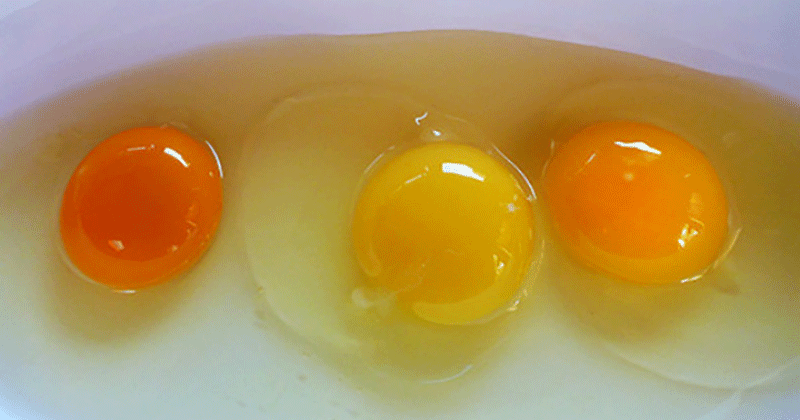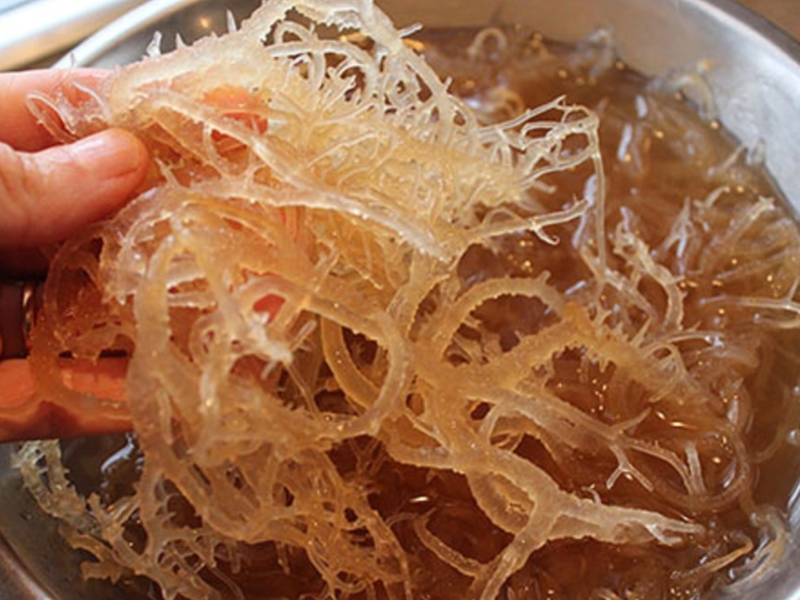There are many interesting features to living in Brazil. One of these is a distinct approach to food. Consumers prefer eating organic food that is farmed locally and are connected to local farmers through their friends and family. While there are differences in egg sizes and shell colors, family farms produce eggs with darker yolks. The yolks are always thicker than regular store-bought egg yolks.
The supermarket’s yellow eggs originate from the US. All eggs, whether organic, vegetarian, or inexpensive, are yellow, and the yolk is not particularly thick.
Have you ever wonder what makes them so unique? Is it feasible that all of us consume eggs from sick chickens? Ever purchased an orange egg? We recently “found” a chicken egg that was in good health. That is completely crazy.
When it comes to blending urban life with a homestead flair and looking for the nastiest foods, Craigslist is the traditional first port of call.
Garden Betty’s… Let’s contrast the yolks from free-range and factory-farmed chickens with those from pasture-raised, insect-pecking, soil-scratching, and whole grain-fed hens. The distinctions can easily be seen. Eggs from a home garden are fatter, fuller, and darker orange.
Furthermore denser and considerably more difficult to break, eggshells. The orange yolks, how about them? Orange yolks are a sign of a nutrient-rich, well-balanced diet. The three main components that go into making orange yolks are meat, omega-3 fatty acids, and xanthophylls.
Carotenoids, which include xanthophylls, are organic plant pigments found in fruits and vegetables. One of the most well-known carotenoids, beta-carotene, is most commonly linked to carrots and is responsible for the orange color of egg yolks. Nevertheless, beta-carotene boosts the nutritional content of yolks, not just their appearance.
Find out more about: This Is How To Stop A Headache Instantly With This Magic Drink!
The carotenoid called xanthophyll, which results in darker egg coloration, is more easily absorbed in yolks. A lot of lutein produces a richer orange color since lutein is a form of xanthophyll. Leafy greens including collards, kale, and spinach contain xanthophyll.
Zucchini, broccoli, and Brussels sprouts also contain it. Omega-3 fatty acids are abundant in marine kelp and flax seeds, both of which are crucial ingredients in homemade whole grain chicken feed.
Did you know that despite what your upscale carton of organic, grain-fed, cage-free eggs claims, hens shouldn’t be vegetarians? As chickens are essentially omnivores, the healthiest food for them includes meats like mealworms, beetles, grasshoppers, grubs, and other creepy, ground-dwelling “goodies.” Even some snakes and small rodents are attacked by hens (ballsy chickens out in the boonies).
The nutrients being supplied to the hens later transfer on to their eggs and concentrate in the yolks when all these sources are properly absorbed into their diet. According to a recent research of eggs by Pennsylvania State University and Mother Earth News, pastured eggs had much greater levels of the vitamins A, D, and E, beta-carotene, and omega-3 fatty acids.
Pastured eggs are better for you, and that is the reason why many people like raising chickens.
How can you get the delightful orange yolks from backyard chickens?
Let the chickens to roam freely throughout your garden, especially if you plan to dig up fresh ground for additional beds or a chicken tractor, and let them forage for delicious orange-boosting bugs.
To enhance the amount of lutein in the yolks, chickens should consume fresh greens. Don’t forget to give them plenty dark greens. Darker is preferable. Mix kale, collard greens, broccoli leaves, edible amaranth (one of our favorite summer greens), and anything else that grows in your yard. Give them some alfalfa if it’s winter.
When the greens are all bolted and bug-ridden towards the end of the season, chickens can really come in handy. Before you may remove the plants for the compost pile, they will clean them up. And everyone benefits! So, the bugs aren’t actually…
Feeding maize to your chickens is a cheap method industries use. Although corn provides yolks a lovely golden color, they are less nutrient-dense.
You will adjust to all those orange yolks after a few weeks, and ultimately you won’t even notice that they have changed hue. Purchase eggs from the grocery store and evaluate the yolks. You’ll be astounded by the distinction!
Garden Betty made some excellent observations here. Seek out additional information regarding nutrition and diet.
The food of the hens, not the breed or the freshness of the egg, determines the color of the yolks. The use of artificial colors in eggs is prohibited.
You can get excellent, dark yellow-orange yolks by feeding your animals a diet high in greens, yellow corn, alfalfa, and plants with the xanthophyll pigment (yellow-orange). The yolks from birds fed wheat or barley will be pale yellow. White cornmeal-fed chickens produce yolks that are colorless.
Since they have better access to foods containing color, free-range hens produce eggs with dark yolks. The American Egg Board reports that American customers like egg yolks to have a pale gold or lemon tint.
Always get eggs from a reputable farmer, and be careful to learn more about the birds’ diet.
After reading this text you can also read about: Asian Seafood Raised on Pig Feces Approved for U.S. Consumers



